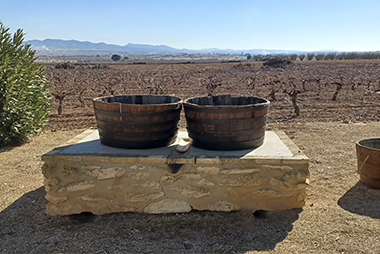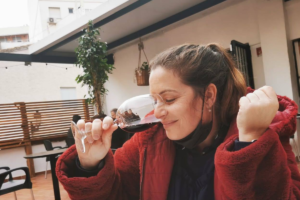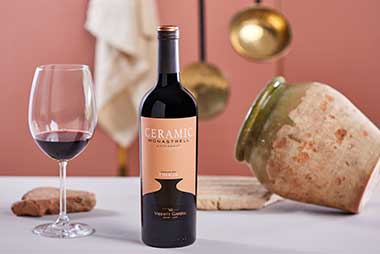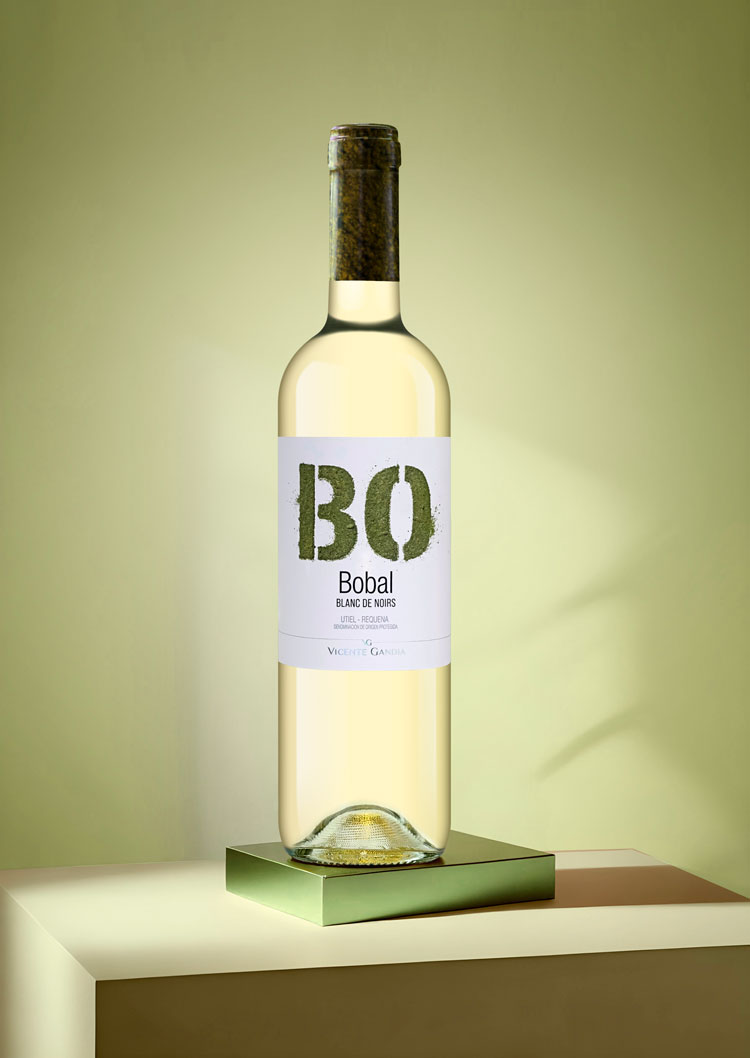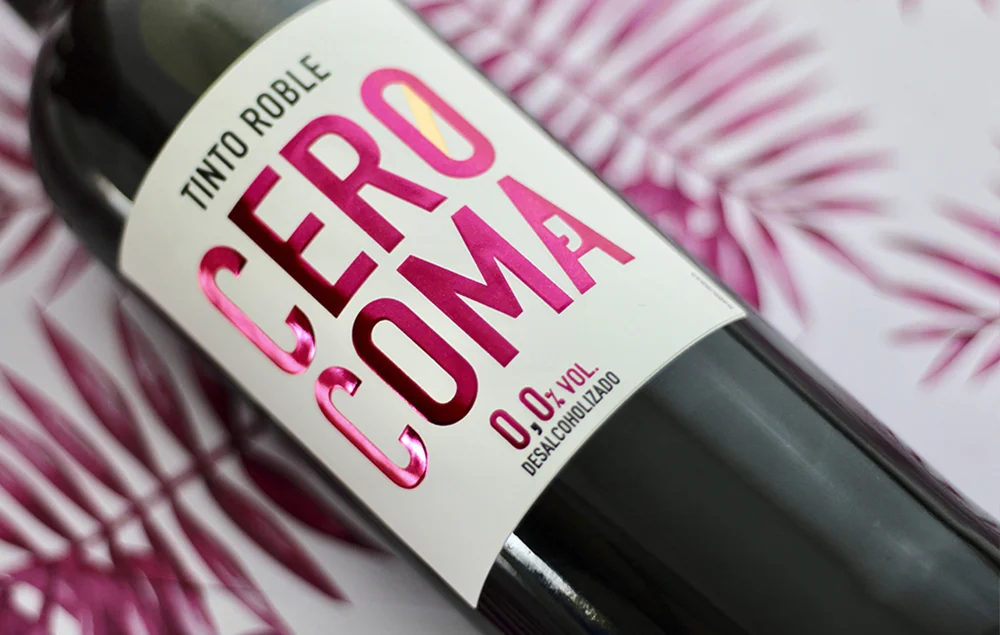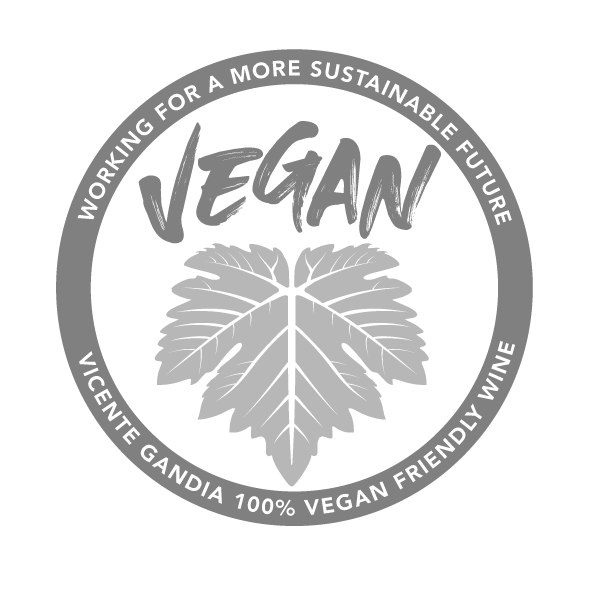Discover the importance of the current phenological state of our vineyards
If you have walked in recent weeks through a wine-growing area in our latitude, surely many of you suggest a sad, desolate landscape, with completely deserted vineyards. A melancholic landscape far removed from any summer splendor.
But do not be fooled! We are facing one of the key moments in the cycle of the vine. Today we tell you the reality that hides behind this bucolic landscape.
A bit of viticulture
The vine is a deciduous plant. When its cycle ends after the harvest, it gradually loses its foliage, showing itself as we can see it now.
In viticulture, this means that the plant is experiencing one of the most important moments of its cycle: the vegetative stoppage. Also known as winter rest, or vegetative zero, it is a key moment: when temperatures drop, the sap stops circulating through the vine, slows down the absorption of nutrients from the roots and ceases its activity. The plant just rests and prepares for the new cycle.
At this time, the winegrower carries out the winter pruning, which involves the elimination of unwanted shoots to form a limited and quality production for the new harvest. Let’s say that he designs it and guides it to the objective that is intended to be achieved.
The beneficial role of snow
Snow plays a fundamental role during this stage, as it helps preserve the plant’s water reserve. Falling little by little, it filters even better than rain into the deep layers of the soil.
In addition, it produces an antiseptic effect on the vines, disinfecting the wood of the vine in the event of the possible presence of insects or fungi.
It also heals wounds caused during winter pruning. The snow helps to prevent pests from entering through those wounds caused by the pruning shears that could cause future diseases to the plant and thus compromise the harvest.
The role of cold during this stage
Low temperatures delay early budding. And in this way, we prevent spring frosts from damaging the new shoots and spoiling the harvest.
If you want to see our vineyards up close, now that you know what state they are in, we invite you to visit our Finca Hoya de Cadenas, nestled in the Sierra Bicuerca natural park, in Las Cuevas, Valencia.
Our wine tourism colleagues are waiting for you to tell you our story. They will accompany you through our vineyards on a fun train ride and together with them you will discover a unique environment of nature, art and good wines.
Do you want more information? Click here
Article written by:
Brenda Melero,
Brand Ambassador

